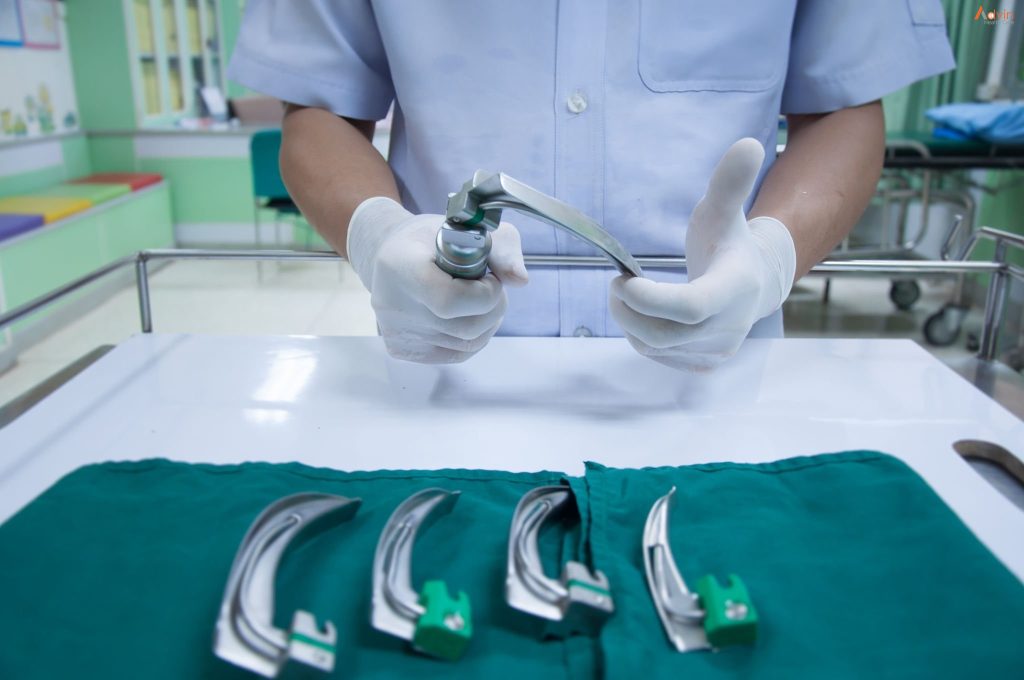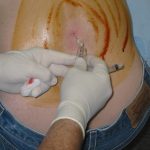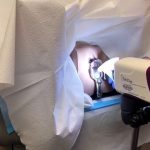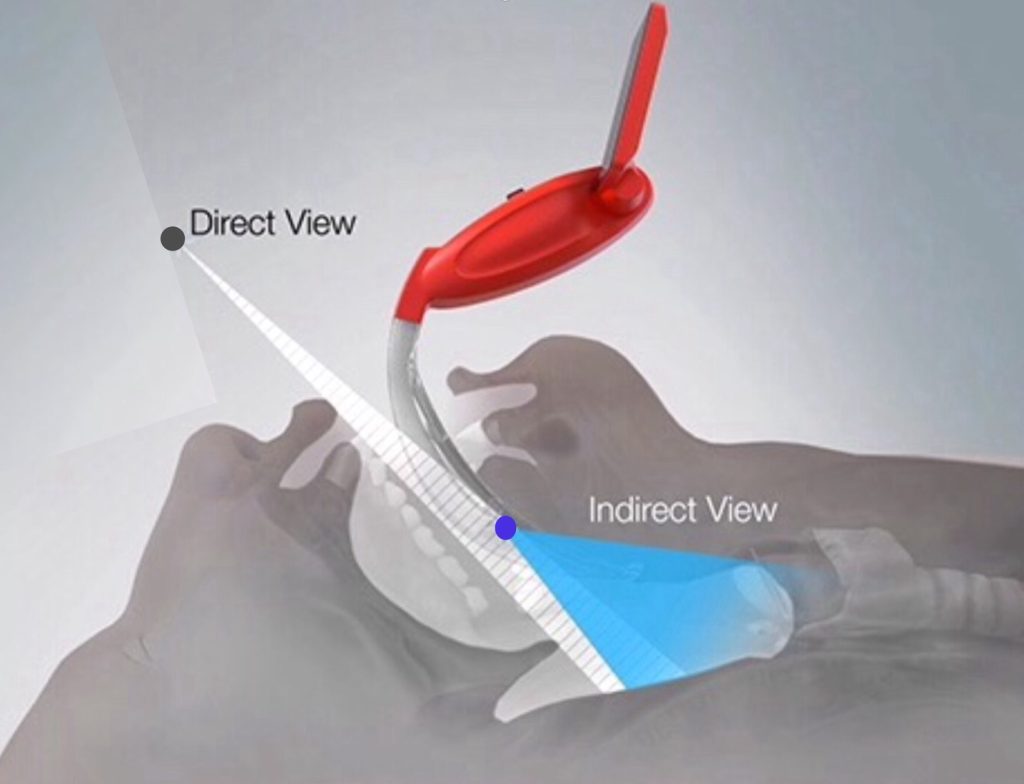
A laryngoscopy is a test that an ear, nose and throat (ENT) specialist uses to look at the:
- back of your throat (pharynx)
- voice box (larynx)
The ENT specialist uses a thin tube called a laryngoscope to do this test. They can see the inside of your throat very clearly.
You have this test under general anaesthetic. This means that you are asleep and won’t feel anything. Your doctor might also call this test an examination under anaesthesia (EUA). They may take samples of tissue (biopsy) of any abnormal areas.

Preparing for a laryngoscopy
You might have a blood test 2 days beforehand to check how well your blood clots.
Tell your doctor if you’re having medicine that changes how your blood clots. This includes:
- aspirin
- clopidogrel
- arthritis medicines
- warfarin or heparin
- apixaban, rivaroxaban, dabigatran, edoxaban or betrixaban
Your doctor will tell you if you need to stop taking any other medicines.
You can’t eat for 6 to 8 hours before the test but you might be able to drink sips of water up to 2 hours before your appointment. Your doctor or nurse gives you written instructions about this beforehand.
Talk to your doctor if not eating could be a problem for you. For example, if you have diabetes.
Your doctor will explain what they are going to do and you’ll sign a consent form. This is a good time to ask any questions you might have.
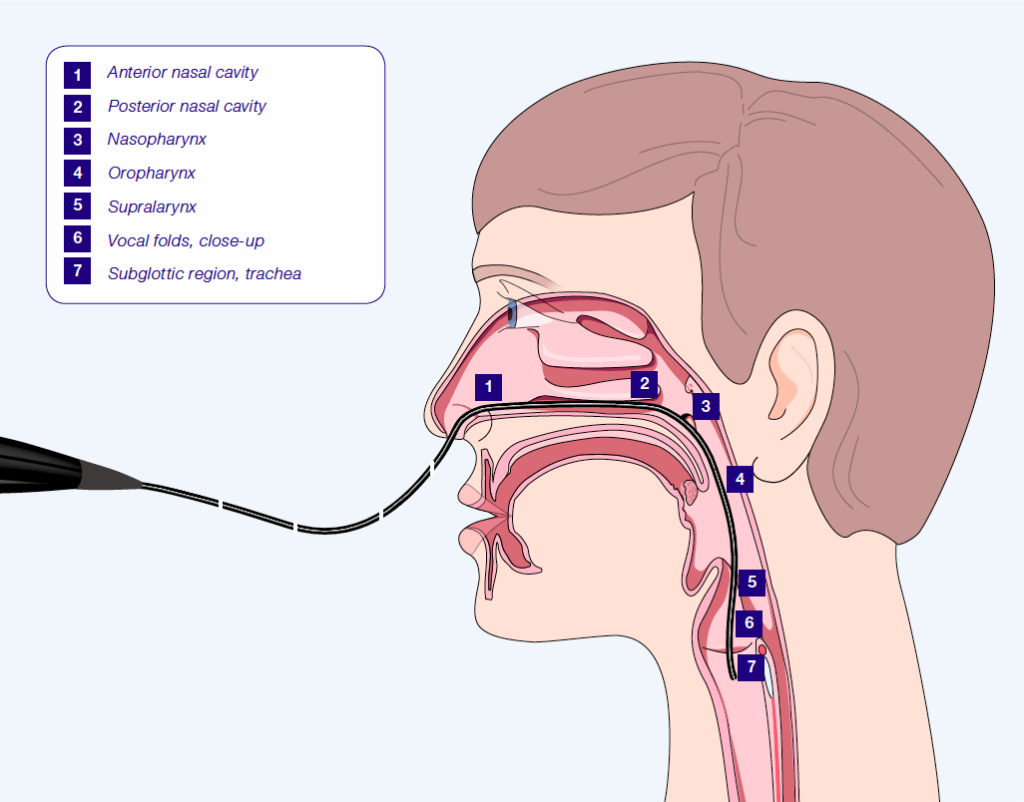
What happens during a laryngoscopy?
Before the test
You might stay in the hospital the night before your laryngoscopy or go in on the morning of the test.
Your nurse will give you a hospital gown and may also give you anti embolism stockings. These are tight stockings that squeeze your feet and legs, helping the blood circulate better. Your nurse can help you put them on if you can’t manage it.
Your nurse may give you a tablet to help you relax before you go to the operating theatre.
Having a general anaesthetic
Your nurse takes you to the operating theatre. Your anaesthetist  puts a small tube into a vein in the back of your hand. They then give you the anaesthetic medicine through the tube.
puts a small tube into a vein in the back of your hand. They then give you the anaesthetic medicine through the tube.
During the laryngoscopy
The test usually takes 10 to 15 minutes. Your ENT specialist puts the laryngoscope through the mouth and into the lower part of your throat. They can take samples of tissue of any abnormal areas.
Your doctor sends these samples to the laboratory where a specialist doctor called a pathologist  looks at them under a microscope.
looks at them under a microscope.
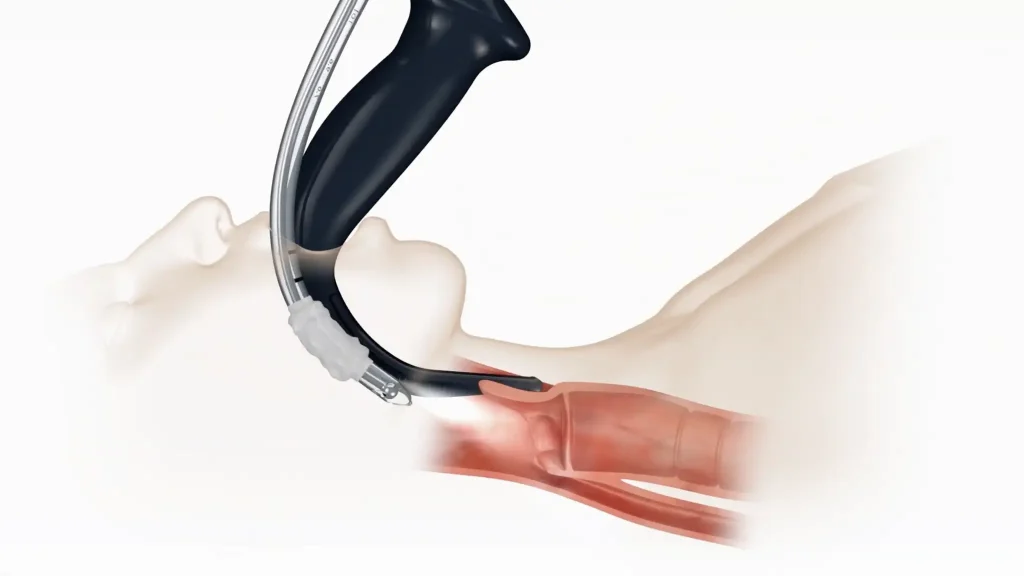
What happens after a laryngoscopy?
You usually wake up in the recovery room. You can’t eat or drink until the anaesthetic wears off. You should be able to go home the same day.
You should rest your voice for at least 2 days if you had biopsies taken.
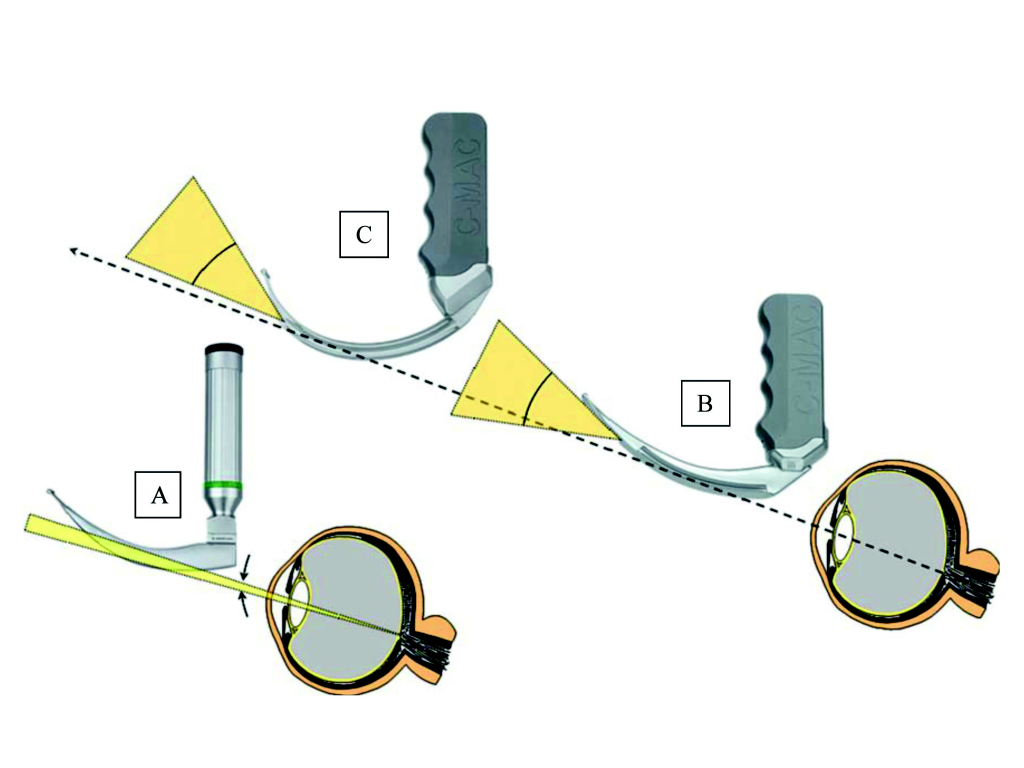
Getting your results
You should get your biopsy results within 1 to 2 weeks. The doctor who arranged your laryngoscopy gives them to you.
Waiting for results can make you anxious. You can ask your doctor or nurse how long it takes to get them. Contact the doctor who arranged the test if you haven’t heard anything after a couple of weeks.
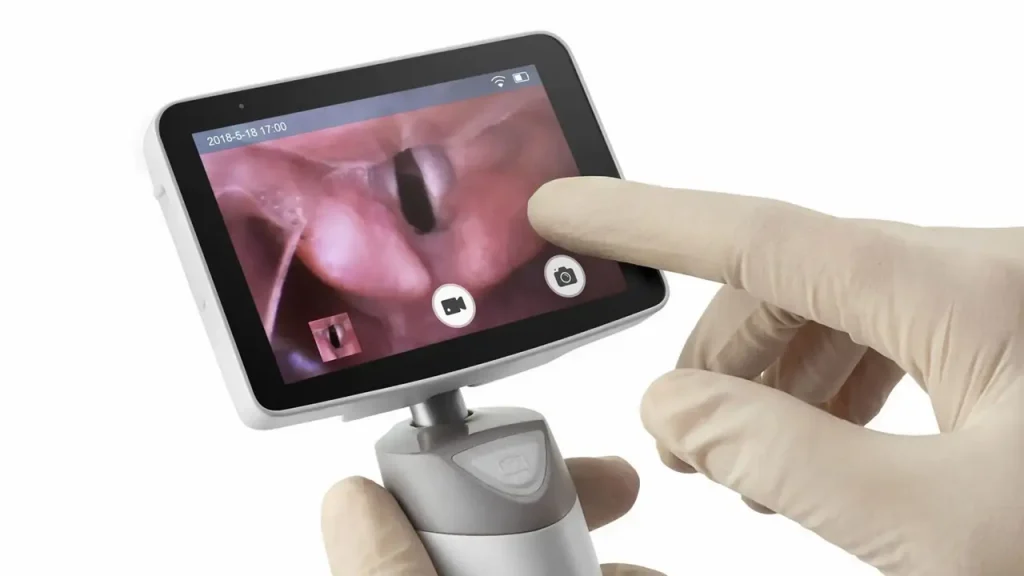
Possible risks
A laryngoscopy is a safe procedure. But your nurse tells you who to contact if you have any problems afterwards. Your doctors make sure the benefits of having a laryngoscopy outweigh the possible risks.
The possible risks include:
A sore throat
You might have a sore throat for up to 24 hours. Contact the hospital if you have severe pain in your throat, chest or tummy (abdomen).
Damage to your teeth
This can happen if you have loose teeth or dental crowns.
